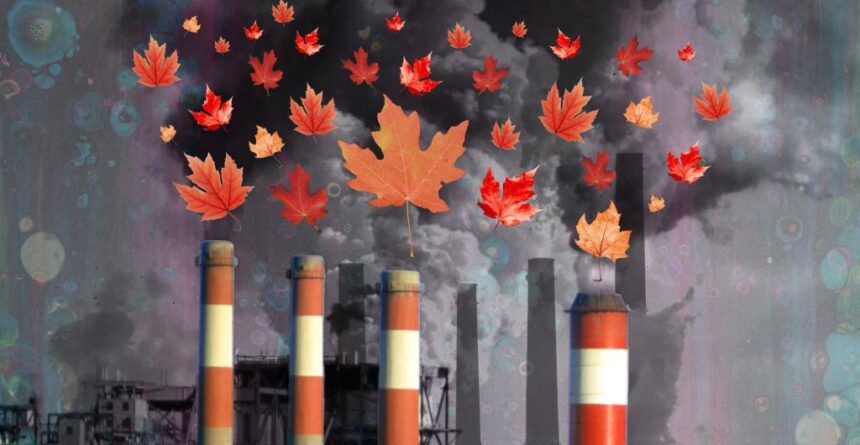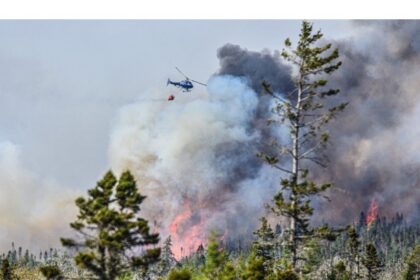They come from driving a car or taking the bus to the office. Or when employees are given a company-owned smartphone. They can even result from a three-course dinner at a holiday gala — or that box of doughnuts at a meeting. And for companies that extract fossil fuels, they also come when customers use their products. All are examples of the creation of Scope 3 emissions: greenhouse gases that are indirectly produced by a corporation or institution’s supply chain and everyday operations. Employees’ commutes use fuel in the form of gas or electricity. Every step of manufacturing the electronics used at work — from design to mining to parts fabrication and product assembly — creates emissions. Greenhouse gases are also created when the food and drink at company events is procured, transported and prepared. They’re also produced when Canadian oil and gas is used as fuel, whether in this country or another one. These emissions will still get into the atmosphere and heat the planet even if oil and gas producers succeed in their ambitious plans to capture and bury the emissions they create when extracting fossil fuels. Yet attempts to get Canadian companies to report them — even voluntarily — keep getting delayed. The term “Scope 3 emissions” is technical and bureaucratic. But these emissions, like all greenhouse gases, have real, on-the-ground consequences. The heat-trapping effect of fossil fuel use is driving extreme weather events in Canada and around the world, putting humans, wildlife and ecosystems at risk. Here’s how to understand these arm’s-length emissions, and why scientists think it’s important to keep track of them, no matter how far away they are. What exactly are Scope 3 emissions? The goal of the Scope scale is to categorize emissions to help understand where they come from and how to reduce them. Scope 1 are direct emissions, which come from sources owned or controlled by a company and include what’s produced by its facilities and vehicles. Scope 2 are indirect emissions produced by generating the many forms of energy — electricity, steam, heating and cooling — households and businesses use day-to-day. Scope 3 are the least immediate. They encompass both “upstream” emissions made when a company uses a product or service and “downstream” emissions made when its own products or services are used.
The emissions that won’t be stopped by Canada’s carbon capture dreams











